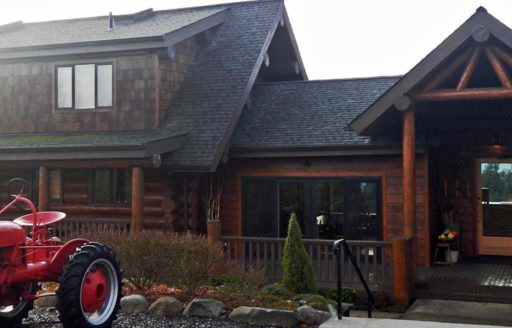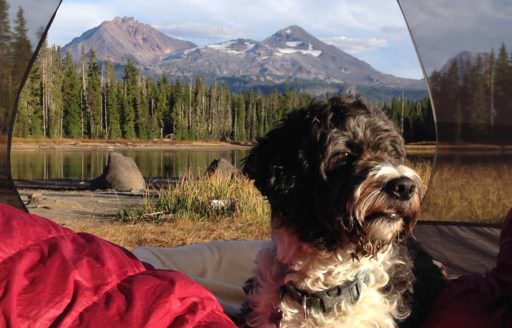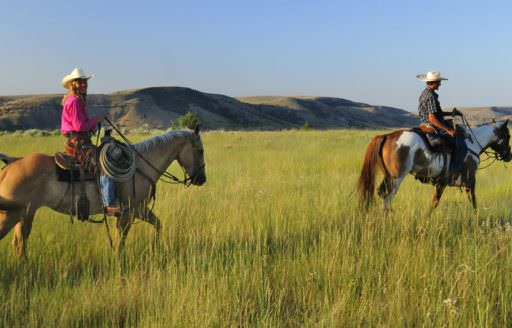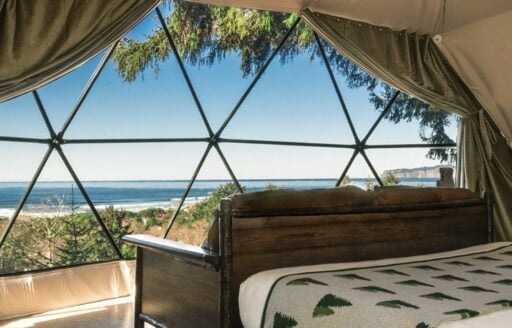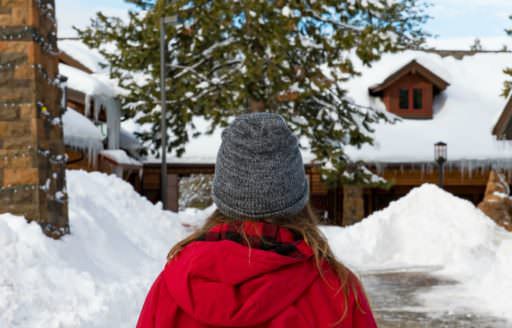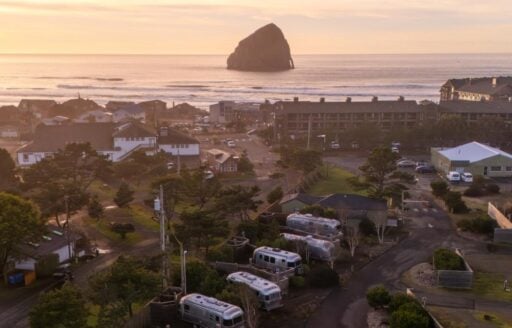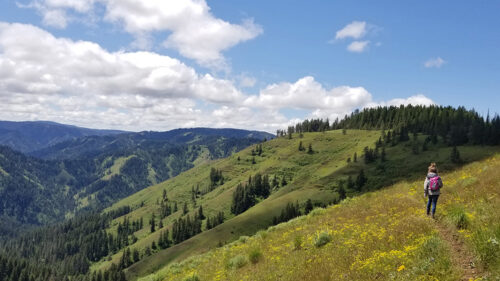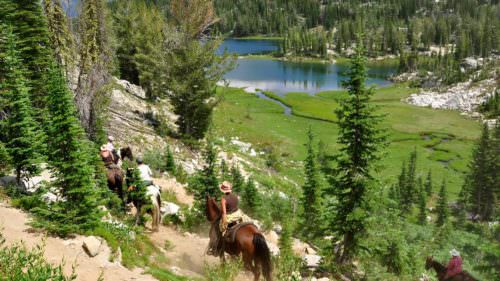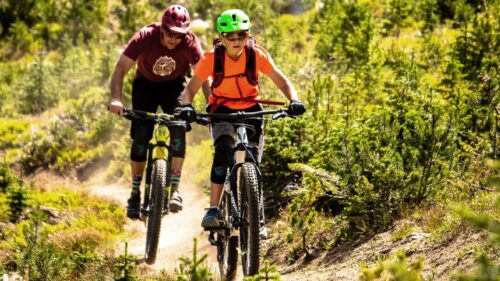Set in the heart of Southeastern Oregon, the ranching town of Burns serves as a gateway to unparalleled high-desert beauty. From here you’ll find cool lava formations, glacier-carved valleys and world-class wetlands shimmering with birds. Scenic byways scroll through a sagebrush sea sprinkled with historical sites and wildlife refuges. Take a drive 60 miles south to the hamlet of Frenchglen on the long, sloping foot of 9,738-foot Steens Mountain, one of the largest fault-block mountains in the West. Along the way historic hotels, family-style restaurants and craft beverages await. Here is a roundup of what you can do and see on a 5-day trip.
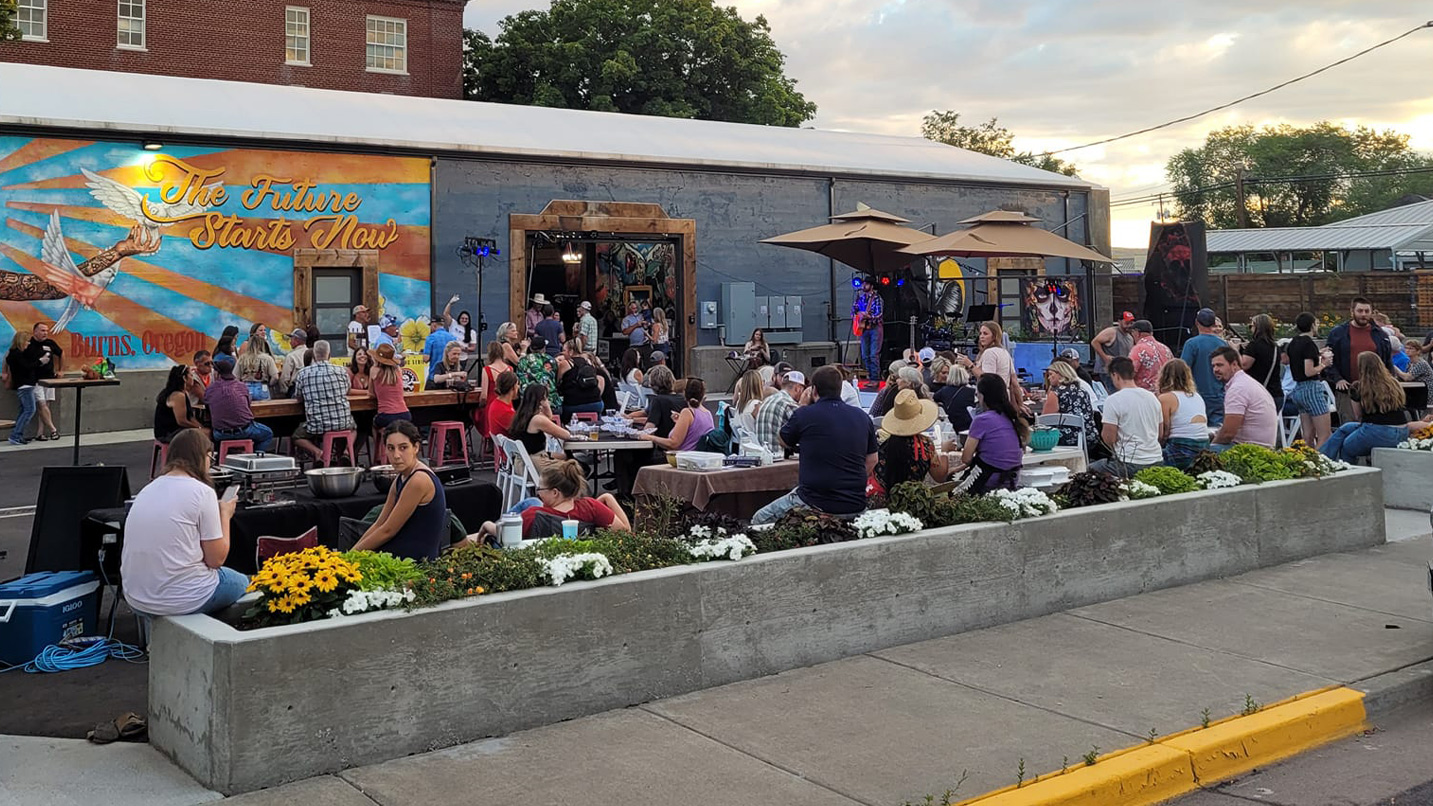
Day 1-2: Chic Lodging and Great Eats in Burns
A mini renaissance has been unfolding in downtown Burns, with new lodging, eateries and events. To experience it, you’ll need to plan in advance to head out to this remote area of Southeastern Oregon. From Portland, plan on a roughly 280-mile drive; from Bend, it’s about 130 miles.
In 2015 locals Jen and Forrest Keady renovated a former Masonic Lodge built in 1910 and launched it as The Loft, an airy four-bedroom property. Next came the Central Hotel, first built in 1929, which now has 12 self-check-in rooms and outdoor fire pits. The Pine Room, about a half-mile away, serves classics like steaks, pork chops and chicken fettuccine. Broadway Deli is the place to go for breakfast as well as soups, sandwiches and pie.
Most recently, the Keadys completed The Palace, a taproom and events space that hosts the local farmers market every Saturday in the summer. The Palace Summer Music Series happens there on Friday evenings June through September. The High Desert Music Jamboree kicks off annually in June at the Harney County Fairgrounds.
Well before any of this, the Burns Paiute Tribe thrived and still live today in this area. At the Harney County Historical Museum, you can get a sense of the homesteading culture that followed with displays of antique furniture, old photographs and horse tack.
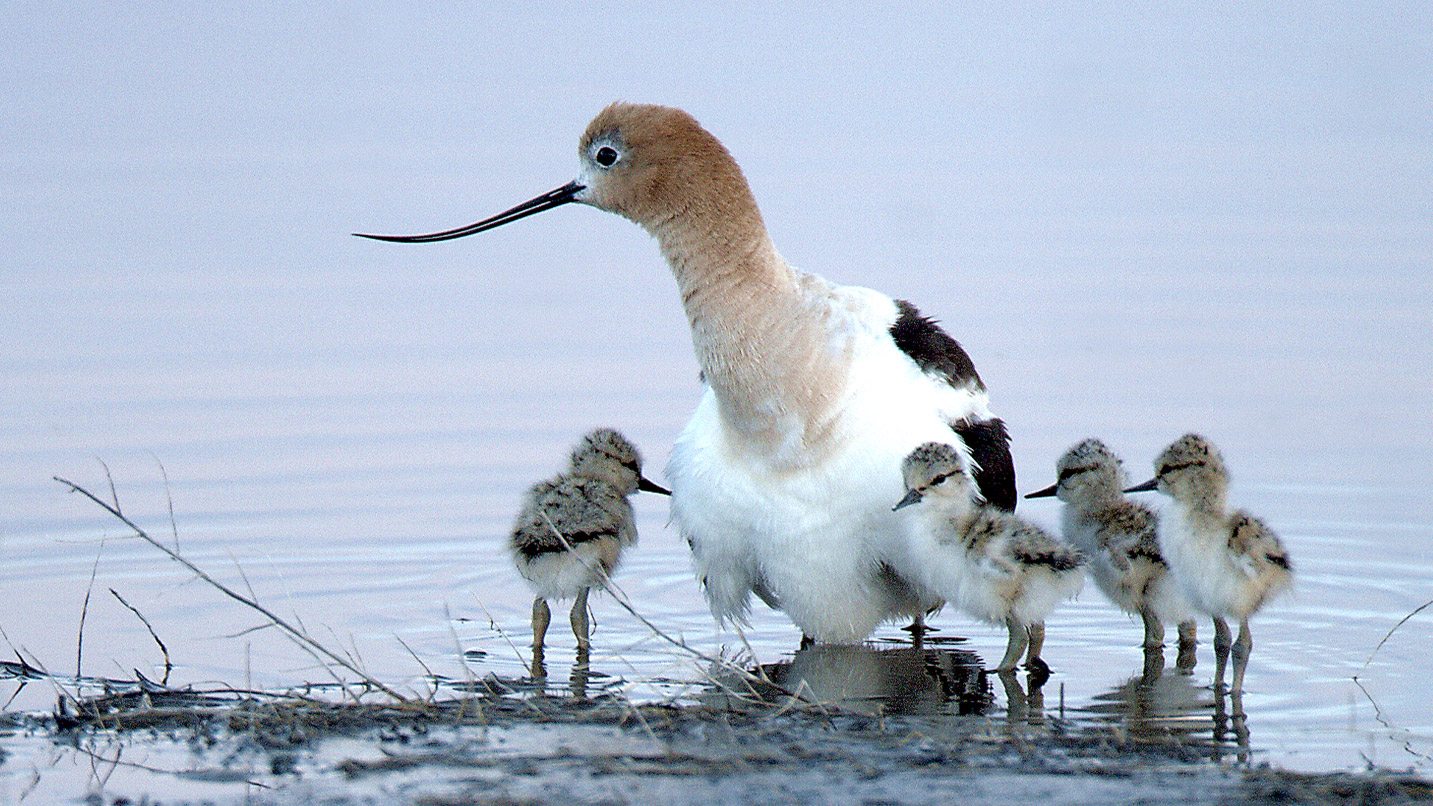
Day 3: Ranches, Birds and Lava on a Scenic Byway
Day-tripping from Burns takes you deep into rural Oregon, and Calamity Butte Guide Services can show you the best of the area’s history, geology and dark skies experiences. Otherwise, fill up in town and drive south on the High Desert Discovery Scenic Byway, a 127-mile route through the Harney Basin, a lava-fired area formed 5 million years ago.
Birders will find incredible territory here. Stop by the Narrows interpretive site — about 25 miles south of Burns — for views over two lakes frequented by shorebirds and aquatic divers like grebes. The Malheur National Wildlife Refuge nearby sits along the Pacific Flyway, and upwards of 320 bird species have been spotted here. April brings the annual Harney County Migratory Bird Festival with presentations, guided walks, an art show and more.
Take a short detour east to see the Sod House Ranch, a homestead from 1886 that served as the northern headquarters for what was once one of the largest such ranches in the country. Continue south to the Buena Vista Ponds and Overlook, a premier birding area with views of the South Blitzen River Valley, and turn east on the Diamond Loop Tour Route. This 69-mile drive takes you past the 23-square-mile Diamond Craters Outstanding Natural Area, a lava field riddled with diverse basalt formations.
The route also takes you to the 19th-century Pete French Round Barn State Heritage Site, a covered, circular corral where rancher Pete French’s cowboys trained horses and mules. The tiny town of Diamond has but a handful of residents and is home to the Hotel Diamond, built in 1898. Today it offers family-style meals as well as rooms and small cabins scattered among the cottonwoods.
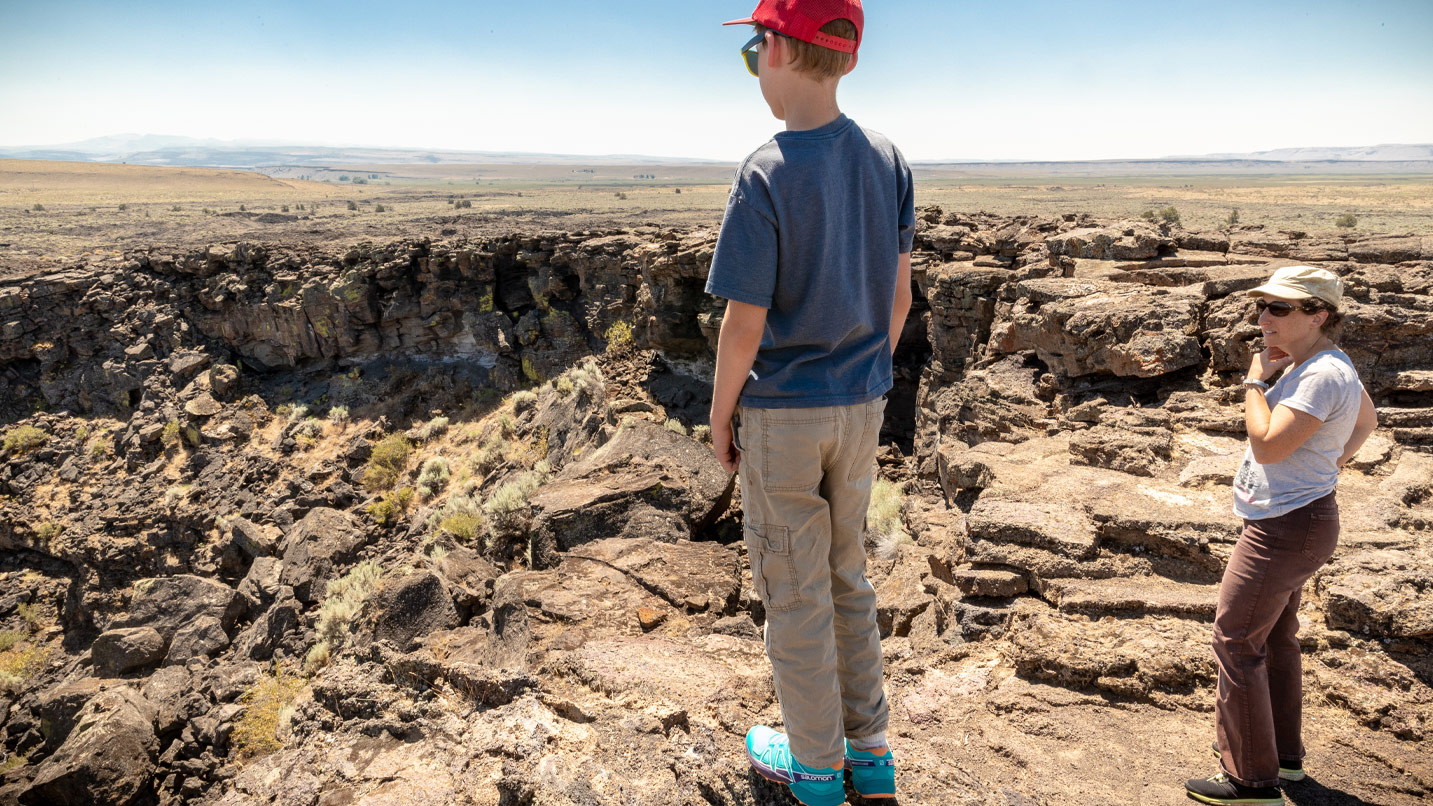
Day 4-5: Hiking and Horseback Riding on Steens Mountain
Roll down to the hamlet of Frenchglen with views of the dramatic Steens Mountain Wilderness Area. You can stay here at the Frenchglen Hotel State Heritage Site, a historic hotel built in 1923 that has five guest rooms and family-style meals. Steens Mountain Guest Ranch, a family-owned operation, offers horseback riding, roping and campfire cooking. Join them to look for Kiger mustangs, a wild horse with a bloodline that stretches back to 17th-century Spanish horses.
Steens Mountain rears up like a giant ramp that climbs gradually from the west before plummeting dramatically into a series of glacier-carved valleys into the alkali playa of the Alvord Desert, thousands of vertical feet below. Open when the snow melts (usually after early July), the Steens Loop Tour Route will take you up toward the summit, where you can hike a mile-long trail to the top. Be sure to check road conditions before you leave and plan on coming with a full tank of gas. Hikers should carry the Ten Essentials and paper maps, as cell service may be limited. You’ll find rustic accommodations and hot springs open to overnight guests and day-use guests by appointment at Alvord Hot Springs, a great way to close out your trip before making the journey home.



